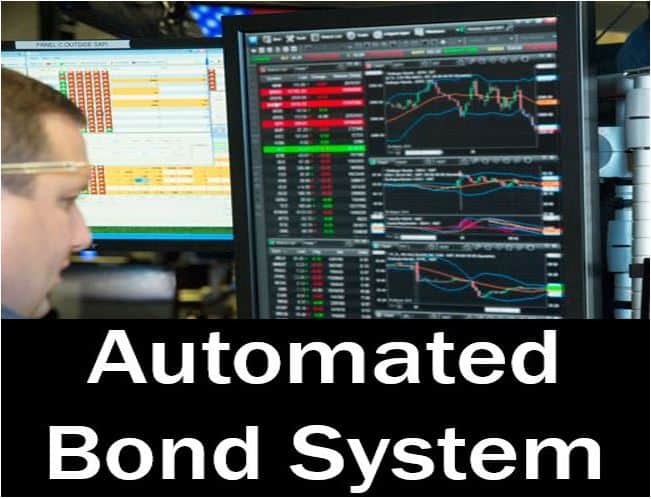The Automated Bond System (ABS) is an electronic bond information and trading platform. ABS tracks the prices of inactive bonds on the New York Stock Exchange (NYSE).
The computerized system allows investors to have access to a database of **bond prices. Investors record the bids and offers for inactive bonds until their sale or termination.
** Governments and large companies issue bonds to borrow money. Investors buy bonds and earn interest.
By electronically monitoring all inactive bonds, NYSE can maintain a significant inventory of bond prices. This inventory is useful for investors wishing to buy bonds

Not only do large investors use the automated bond system, but today small investors do too, says the NYSE. (Image: adapted from nyse.com)
Why does the Automated bond system exist?
The ABS exists because many bonds do not experience significant short-term price fluctuations. Bonds prices do not fluctuate much due to their low volume. This essentially means that some bonds are in an almost non-existent market.
However, even though some bonds on the NYSE are inactive, they are still available for trading.
The ABS provides information for investors on the prices of these financial instruments. Additionally, the ABS allows the NYSE to have an up-to-date inventory of bond prices.
Financial instruments are monetary contracts between different parties which people can buy and sell.
Online Automated bond system service
In 2006, the NYSE introduced a series of online features to its public website.
The new set of investor tools included enhanced data tables and issue categorization. Additionally, it provided sorting mechanisms in the broader fixed-income market.
In 2007, the NYSE introduced a new system. The aim was to encourage small investors rather than having just giant ones. The new system wanted a wider spectrum of traders buying and selling bonds on a public exchange than before.
